The corset dress is an iconic fashion piece with a fascinating history that spans centuries. From its origins in the Renaissance to its modern-day interpretations, the corset has evolved significantly. Once a symbol of societal expectations and feminine idealism, it has since become a versatile and fashion-forward garment, now worn for everything from casual outings to high fashion runways. In this article, we’ll take a journey through time to explore the history of the corset dress and its transformation from vintage styles to contemporary fashion trends.
The Origins: Renaissance and Baroque Periods
The corset’s roots can be traced back to the early Renaissance period, where women wore undergarments that helped shape and sculpt the body into an idealized silhouette. These garments, often made from stiffened linen or wool, were designed to elongate the torso, creating a high waistline and a smooth, cylindrical shape.
During the Baroque period (17th century), corsets became more structured and began to use whalebone or steel to provide additional support and shape. At this time, corsets were worn over a dress and tightly laced to emphasize a woman’s bust and narrow waist, which was considered the epitome of feminine beauty. This period laid the foundation for what would become the modern corset dress—combining the functionality of an undergarment with outerwear style.
The Victorian Era: The Birth of the Corset Dress
The Victorian era (19th century) is often considered the golden age of the corset. It was during this time that the corset became firmly entrenched in Western fashion as an essential piece of a woman’s wardrobe. The Victorian corset was known for its dramatic hourglass shape, often created with heavy boning, and tightly laced to achieve a cinched waist and enhanced bustline.
Corsets were so integral to fashion that they were often incorporated into the outer dress itself, creating what we now refer to as the “corset dress.” These dresses were usually structured, with a tightly fitted bodice and a flared skirt. The corset was often an integral part of the dress, sewn into the bodice, making it a one-piece garment. Fashionable women of the time wore these dresses to achieve a refined silhouette, with the corset serving as both a shape-enhancing tool and a symbol of propriety.
Early 20th Century: The Decline of the Corset
The early 20th century saw the rise of the “health corset” and the rejection of the more restrictive Victorian designs. With the advent of new, more flexible materials and the growing popularity of the feminist movement, many women began to reject the corset as a symbol of oppression.
The 1920s brought the flapper look, which was in stark contrast to the hourglass figure promoted by the corset. Dresses became looser, and the emphasis shifted to a straighter, boyish silhouette, free from the constricting influence of the corset. Corset dresses as they had been known began to fade into the background, though their influence could still be seen in the hourglass-style dresses of the mid-century.
Mid-20th Century: A Return to Glamour and the Hourglass Shape
By the 1940s and 1950s, the corset dress made a resurgence, thanks in part to iconic figures like Christian Dior, who reintroduced the hourglass shape with his “New Look” in 1947. The silhouette returned to a tightly cinched waist, exaggerated bustline, and full skirt, but this time, corsets were worn underneath the dresses rather than being integrated into the garment.
Corset-inspired dresses were also popularized by Hollywood stars like Marilyn Monroe and Elizabeth Taylor. These dresses, often made of luxurious fabrics like satin and silk, were designed to enhance the curves of the body while maintaining a more comfortable fit than their Victorian predecessors. The corset dress became synonymous with glamour, sensuality, and femininity.
Modern Corset Dresses: Fashion Forward and Revolutionary
In recent decades, the corset dress has evolved into a versatile and fashion-forward garment, shedding its restrictive nature and embracing modern, comfortable fabrics and styles. Designers began to experiment with different materials, cuts, and shapes, using the corset as inspiration but not always following the strict traditions of its historical counterparts.
1990s: The Rebirth of the Corset in Pop Culture
In the 1990s, corset dresses made a comeback in the fashion scene, largely influenced by pop culture and celebrity style. The punk rock movement, along with designers like Vivienne Westwood and Jean-Paul Gaultier, incorporated corset details into streetwear and avant-garde fashion. Corsets were no longer just for the privileged elite but became a statement of rebellion, self-expression, and empowerment.
2000s to Present: Corset Dresses in Modern Fashion
Today, the corset dress is no longer confined to the realm of haute couture or historical costume. It has been reimagined and reworked into a variety of styles that blend historical references with contemporary fashion. Corset-inspired dresses can now be seen on runways, at fashion events, and in everyday street style.
Modern corset dresses are often made from more comfortable, stretch fabrics like cotton, jersey, and mesh, allowing for a more breathable fit without sacrificing structure. Lace-up corset details, once reserved for tight-lacing, are now used as an accent or decorative feature on everything from mini dresses to evening gowns. Designers like Alexander McQueen, Dolce & Gabbana, and Jean-Paul Gaultier have made the corset dress an iconic part of their collections, often combining elements of punk, goth, and romanticism into their designs.
Corset Dresses for Every Occasion
The corset dress is now incredibly versatile, worn for a wide range of occasions. From formal events like weddings and galas to casual outings and even streetwear, the corset has been adapted to suit any occasion. Contemporary designers have reinvented the corset dress for various body types, making it accessible to everyone. Whether it’s a sleek, body-hugging piece with lace-up details or a soft, feminine gown with a corset-style bodice, there’s a corset dress for every taste and occasion.
Conclusion: The Enduring Appeal of the Corset Dress
The corset dress has traveled a long, winding road through fashion history—from its origins in the Renaissance to its current status as a versatile and modern garment. Once a symbol of constraint and conformity, it has now become a celebrated element of fashion, empowering women with its structure, elegance, and sensuality. The evolution of the corset dress reflects the changing ideals of beauty, fashion, and femininity over the centuries, and its continued reinvention shows that its place in the fashion world is anything but fleeting. Whether you’re drawn to its vintage roots or its modern reinterpretation, the corset dress is a timeless piece that will continue to captivate and inspire.
-
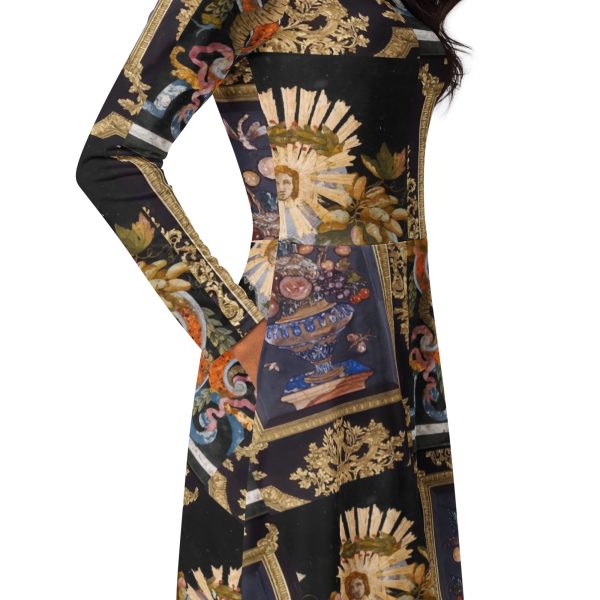 Black Gold Designer Midi Dress$158
Black Gold Designer Midi Dress$158 -
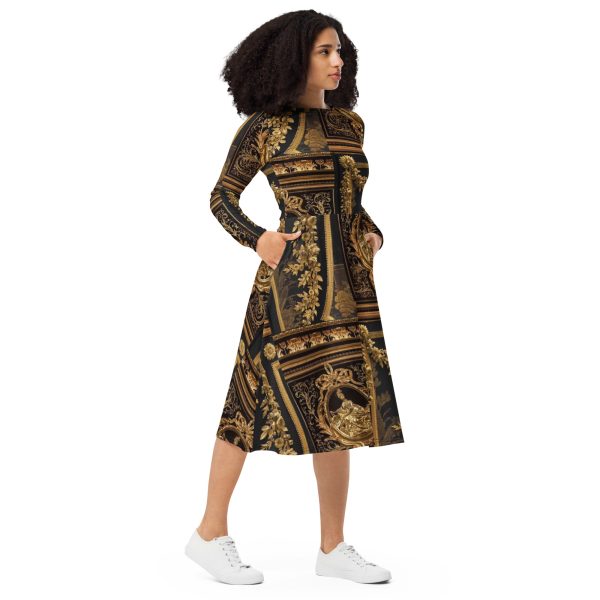 Black Gold Midi Dress$158
Black Gold Midi Dress$158 -
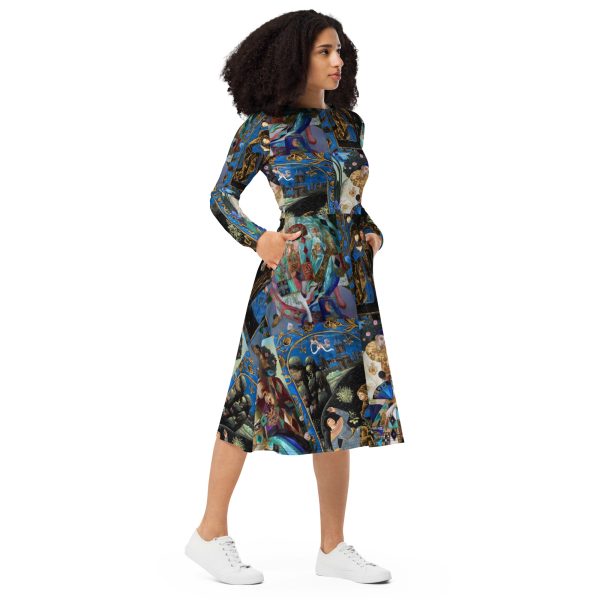 Long Sleeve Midi Dress$158
Long Sleeve Midi Dress$158 -
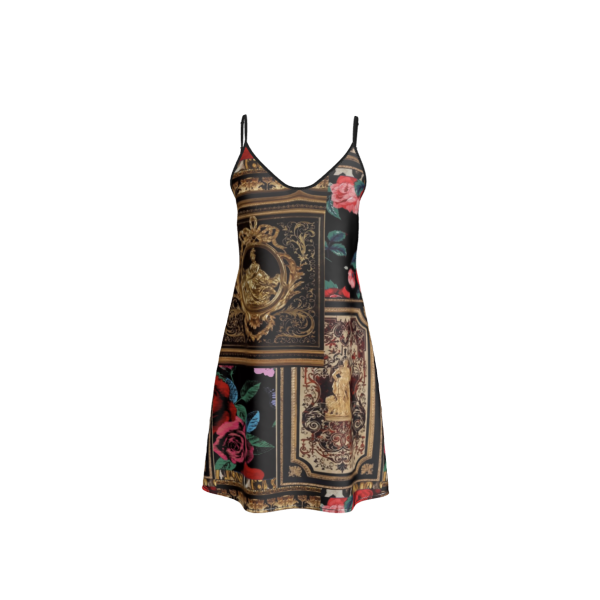 Short Silk Slip Dress$248
Short Silk Slip Dress$248 -
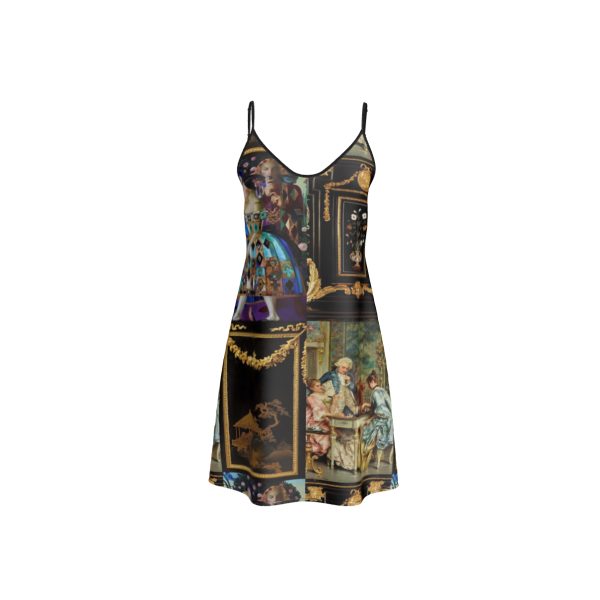 Short Silk Slip Designer Dress For Women | Black Luxury Gold$248
Short Silk Slip Designer Dress For Women | Black Luxury Gold$248 -
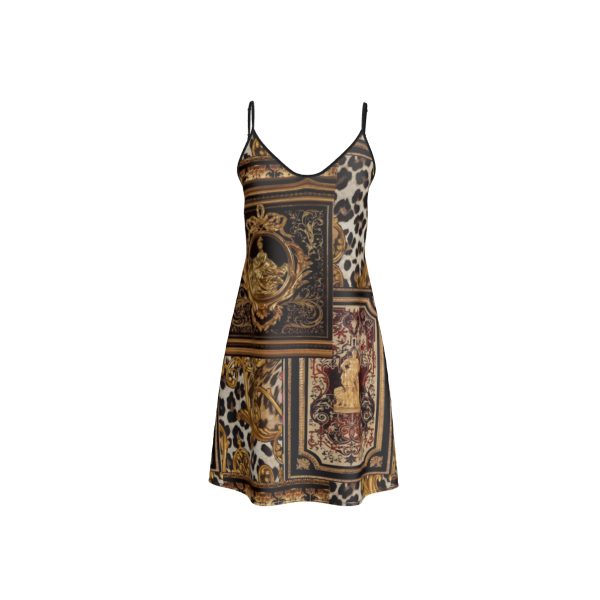 Short Silk Slip Designer Dress For Women | Luxury Baroque Gold Leopard Print$248
Short Silk Slip Designer Dress For Women | Luxury Baroque Gold Leopard Print$248 -
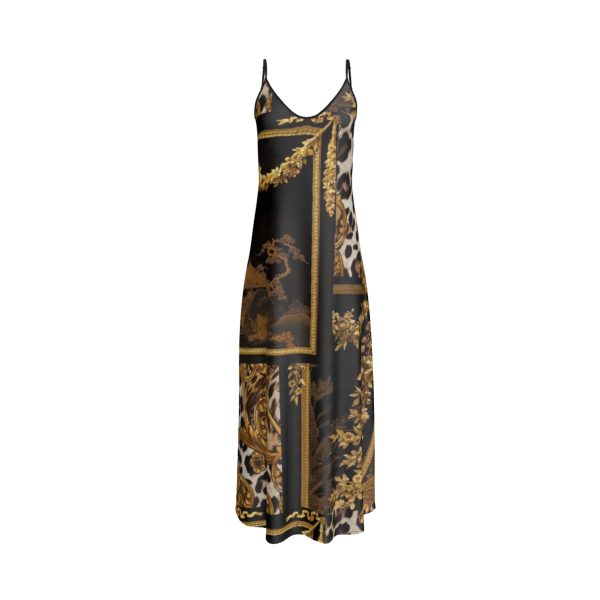 Long Silk Slip Designer Dress For Women | Black Luxury Baroque Gold Leopard Print$248
Long Silk Slip Designer Dress For Women | Black Luxury Baroque Gold Leopard Print$248 -
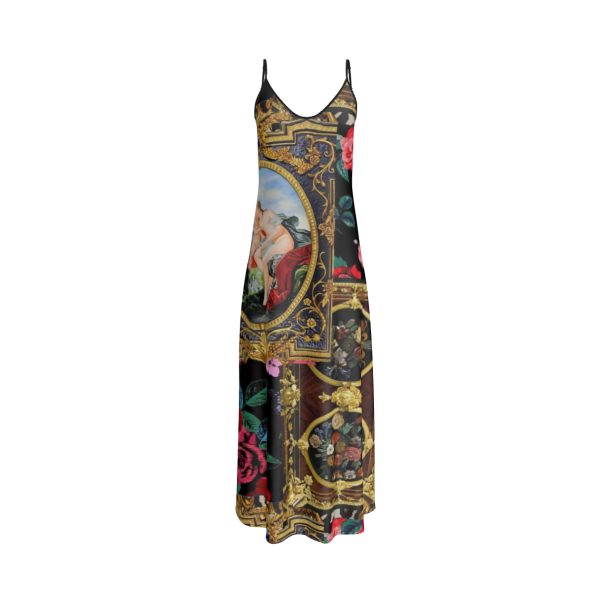 Long Silk Slip Designer Dress For Women | Black Luxury Gold Renaissance Art Floral$248
Long Silk Slip Designer Dress For Women | Black Luxury Gold Renaissance Art Floral$248 -
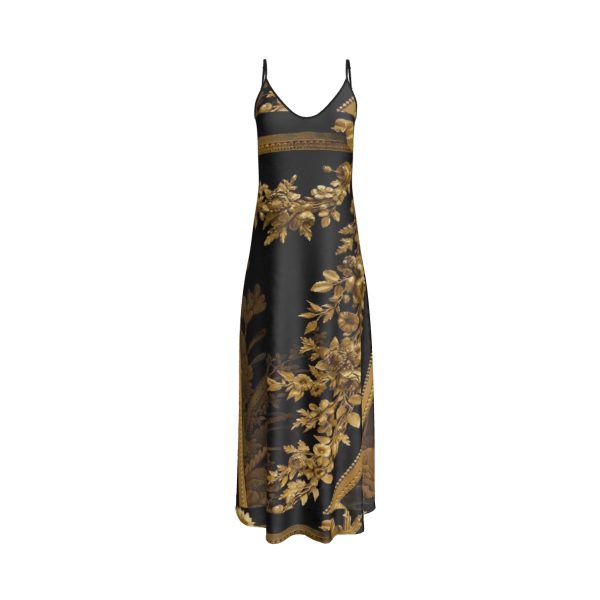 Long Silk Slip Designer Dress For Women | Black Luxury Baroque Gold$248
Long Silk Slip Designer Dress For Women | Black Luxury Baroque Gold$248